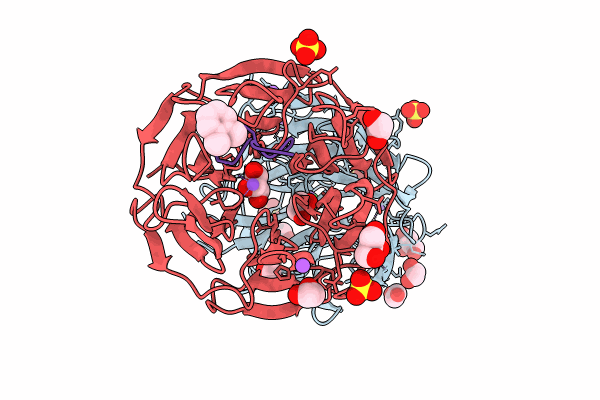
Deposition Date
2023-06-27
Release Date
2023-11-15
Last Version Date
2024-12-25
Entry Detail
PDB ID:
8PKV
Keywords:
Title:
Kelch domain of KEAP1 in complex with a ortho-dimethylbenzene linked cyclic peptide 4 (ortho-WRCDPETGEC).
Biological Source:
Source Organism:
Homo sapiens (Taxon ID: 9606)
Host Organism:
Method Details:
Experimental Method:
Resolution:
1.55 Å
R-Value Free:
0.19
R-Value Work:
0.15
R-Value Observed:
0.15
Space Group:
C 1 2 1


